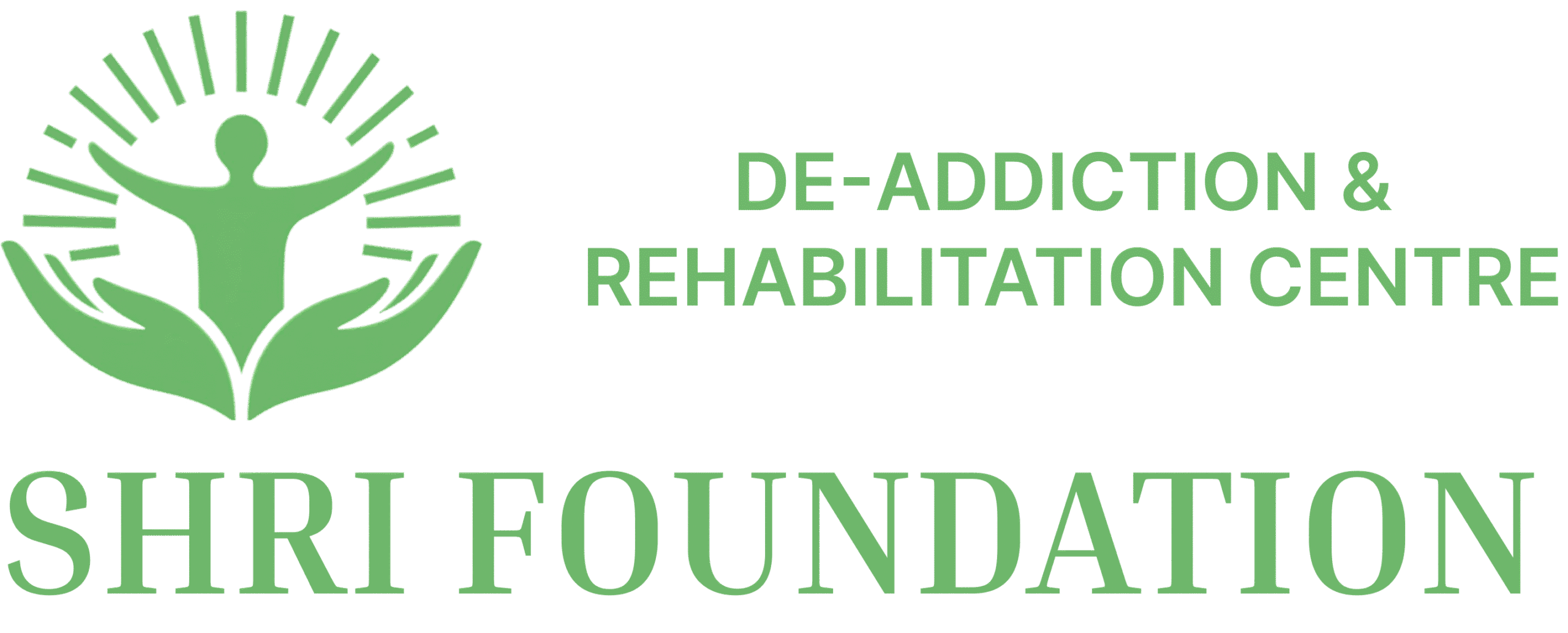 Hydroxychloroquine in Covid-19: Evidence and Controversy
Hydroxychloroquine in Covid-19: Evidence and Controversy
Early Laboratory Promise: Antiviral Mechanism and Rationale
In early laboratory work, hydroxychloroquine showed inhibition of SARS-CoV-2 replication in cultured cells, offering a clear mechanistic rationale and sparking intense interest in repurposing. 🧪🔬
Mechanistically, it appeared to raise endosomal pH and interfere with glycosylation of ACE2, suggesting blockade of viral entry; in vitro potency supported quick translational interest.
Small animal studies and some biochemical assays produced mixed or context-dependent findings, but clinicians and scientists, under pressure, moved rapidly to test clinical effects. Definately
A concise lab summary accompanied the reports:
| Model | Finding |
|---|---|
| Vero_cells | IC50_low |
| Human_airway | Variable |
Initial Clinical Reports and Media-fueled Enthusiasm Surge

When early case series and small observational studies claimed rapid viral clearance after hydroxychloroquine treatment, hope spread like wildfire. Anecdotes of dramatic recoveries featured in preprints, social media and televised interviews, creating momentum before peer-reviewed confirmation. Clinicians reported mixed outcomes, often without proper comparators and with small samples limiting generalisability. Reports of side effects occured but were incompletely documented, leaving uncertainty about true benefit.
Politicians and celebrities amplified limited data, calling for emergency use and stockpiling; clinicians faced pressured choices. Journals fast-tracked studies, some lacking controls, and confounding factors were overlooked, while the public mistook availability for proven benefit, and clinical judgement mattered. ⚠️ 📈
This surge shaped research priorities, spurred numerous trials, and exposed how narrative beats nuance. Teh episode showed how urgency can distort evidence appraisal and emphasised need for transparent communication and rigorous design to guide therapy.
Rigorous Trials Dismantle Hope: What They Showed
Early hopes from lab studies led clinicians to test hydroxychloroquine rapidly; small, uncontrolled reports hinted at benefit and fueled urgent trials, but those fragile signals demanded rigorous confirmation.
Large randomized trials and meta-analyses later showed no meaningful reduction in mortality, hospitalization or viral clearance; many suffered from biases earlier, and the null results were robust across diverse populations.
Clinicians shifted focus to proven treatments, and safety signals⚠️🔬 also mattered: cardiac arrhythmias and drug interactions made routine use unjustifiable once high-quality evidence Occured showing harm or no benefit at scale.
Safety Concerns: Cardiac Risks and Side Effects

Clinicians recount nights when a promising antiviral became a source of anxiety: ECGs repeated, electrolytes monitored, and decisions made with incomplete evidence. hydroxychloroquine's early use raised practical alarms for many.
Controlled trials later quantified risk: QT prolongation, torsades de pointes, and interactions with azithromycin were not just theoretical. Adverse effects occured in both outpatient and inpatient cohorts.
Beyond arrhythmias, reports described gastrointestinal distress, hypoglycemia in diabetics, and neuropsychiatric symptoms. Risk stratification, baseline ECG and electrolyte correction became neccessary steps before prescribing.
The narrative shifted: potential benefit failed to outweigh harms for most patients, prompting guideline reversals and tighter oversight. Clinicians revised consent and monitoring practices. These safety lessons informed later pandemic therapeutics decisions and trust-building. 😊🔬
Politics, Personalities, and Scientific Communication Failures
A swirl of urgent headlines and bold endorsements pushed hydroxychloroquine into the public spotlight, mixing hope with haste. Clinicians reported early anecdotes while social media and cable shows amplified unvetted claims, so scientific caution was drowned out by noise. Teh rapid spread of simplified narratives left many practitioners grasping for clarity. 🧪🗣️
Mixed messaging from politicians and agencies, selective citations, and celebrity endorsements politicized treatment debate, prompting rushed trials and confused consent. Goverment pressure and media cycles overshadowed careful science, eroding trust and delaying unified, evidence-based guidance for clinicians and patients.
| Issue | Consequence |
|---|---|
| Hype | Misinformed demand |
| Mixed messaging | Trust erosion |
Lessons Learned: Evidence, Trust, Pandemic Research Ethics
The pandemic exposed how fast hope can outrun proof: early lab signals and anecdote shaped public belief, but solid truths require accumulation of quality data. A story of clinicians and anxious publics shows why rigorous evidence matters, and why speculative claims erode trust over time. 🧪
Research ethics and study design were stress-tested: small, uncontrolled reports dominated early response, but rapid trials later provided clarity. Transparent protocols, data sharing, and preprints changed the pace of science—both helping and complicating interpretation. Better oversight and clear communication are necessary and non-negotiable for future crises. ⚖️
Practical steps emerged: preregistration, robust randomized trials, independent oversight, and clearer media guidance to avoid premature conclusions. Coordination can reduce wasted effort and restore public confidence after missteps that occured. Science must be humble, fast, and transparent to both inform policy and protect people. WHO NIH
